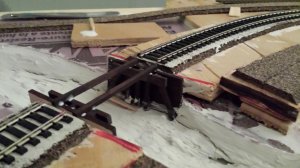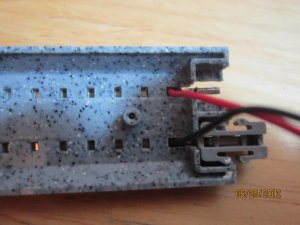I have decided to go with Kato N 1060023GE ES44AC GEVO and Mixed Freight Starter Set, Union Pacific.
I like the track and the track expansions available. The engine can be upgraded to DCC and it's in my price range. Kato came highly recommended.
I am going to need to tack the track down to my plywood so when I'm not working on my layout i can lean it against the wall. What can I use to tack it down that will let me move the track around as I expand. I like the V9 expansion for the M1 oval that comes with this. I will add that and a rail yard later as funds are available. I see allot of people putting cork under their rail. Is that to cut down on noise? As always any info will be greatly appreciated.
Perry
I like the track and the track expansions available. The engine can be upgraded to DCC and it's in my price range. Kato came highly recommended.
I am going to need to tack the track down to my plywood so when I'm not working on my layout i can lean it against the wall. What can I use to tack it down that will let me move the track around as I expand. I like the V9 expansion for the M1 oval that comes with this. I will add that and a rail yard later as funds are available. I see allot of people putting cork under their rail. Is that to cut down on noise? As always any info will be greatly appreciated.
Perry




